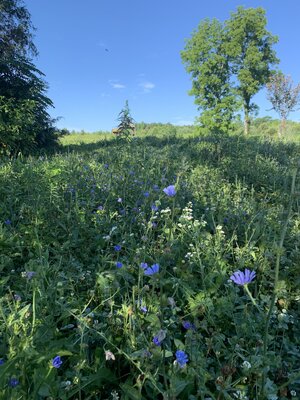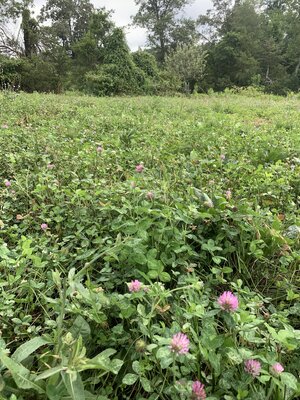Due to timing and being two hours away, I am trying to plant a food plot via throw and mow method two weekends back to back. Need some advice on my best option. The field has been sprayed once in the summer. My current plan:
-mow field on highest setting
-spray field again
-go back next weeeknd and broadcast seed then mow over again to cover seed with thatch
Anyone see any issues with this or think this will work? I’ve never tried the throw and mow method but I feel like mowing after throwing the seed will just blow the seed out of the field. I’ll be mowing with a zero turn mower. Any help or tips is appreciated!
-mow field on highest setting
-spray field again
-go back next weeeknd and broadcast seed then mow over again to cover seed with thatch
Anyone see any issues with this or think this will work? I’ve never tried the throw and mow method but I feel like mowing after throwing the seed will just blow the seed out of the field. I’ll be mowing with a zero turn mower. Any help or tips is appreciated!



